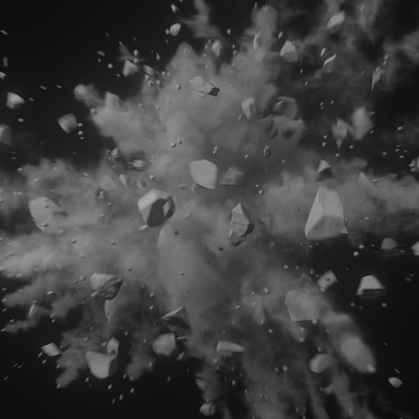Blasting
Blasting is a process in which an abrasive substance is sprayed using a nozzle or hose to clean, polish, treat, or toughen a surface. This is done for many different industries. For example, the letters on monument markers and headstones are created using abrasive blasting. Sandblasting is used to clean boat hulls. There are many different kinds of blasting depending on the material that is being propelled. There is sandblasting, vapor blasting (when pressurized air is used), bead blasting (glass beads), etc.
Last year the sandblasting market had a revenue of about $12 billion dollars and is expected to grow within the next six years.

Abrasive Blasting Applications
As an industry, abrasive blasting is used in various applications such as food processing. It is used as a way to clean food processing equipment. To protect the food products, typically dry ice is used in blasting. It is also used in stripping old paint, cleaning bridges and even railroad cars.
With such a versatile industry, it is important to ensure proper dust collection, ventilation, and air pollution control. This can minimize health/safety risks, and ensure a cleaner working environment.
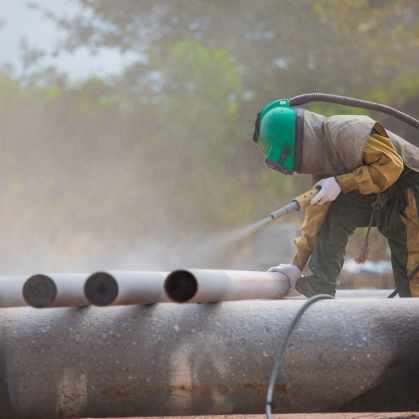
Dust Types
- Silica Sand (crystalline)
- Glass Beads
- Coal Slag
- Steel shot /grit
- Copper or Nickel Slag
- Hematite (Iron Ore)
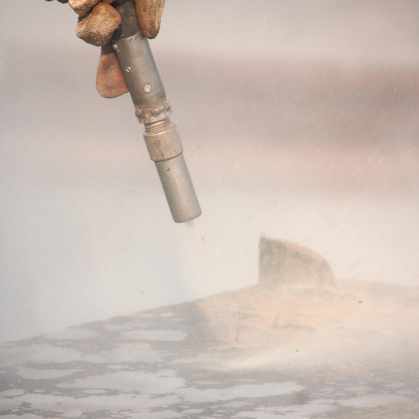
Health Risks
Depending on the abrasive material being used, there are health risks. Silicosis is the scarring of the lungs caused by inhaling fine silica particles (silica is found in sand - sandblasting.) Due to this risk, other types of blasting may be used as a better substitution. Other health effects from inhaling dust particulate include lung cancer, heart disease, and lung damage. Toxic metals such as arsenic and cadmium are sometimes used in slag. Slag is a mixture of metal oxides. Slag blasting is used to clean or remove stuff from other surfaces.
It is imperative to keep workers safe from harmful dust and toxic metals.
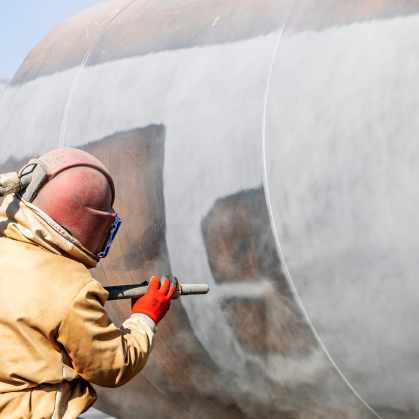
OSHA Regulations
The blasting industry is subjected to regulations just like any other industry. One of these being OSHA regulations. For example, there are permissible exposure limits (PEL) on crystalline silica. This can be released in sand blasting. No worker is supposed to be exposed to this in excess of 50 μg/m3, calculated as an 8-hour working period. Other safety regulations must be followed as well as such as respiratory equipment. Respirators must follow standard 1910.134 which explains that a workplace must have written procedures in place for them.
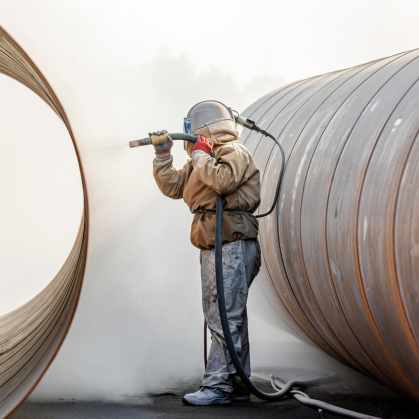
Combustible Dust Risks
A lot of dust generated in blasting is combustible. This means that it is extremely likely to combust when ignited by an ignition source. For example, grain dust is highly combustible. Ignition sources can be a spark generated from equipment, electrostatic discharges, or even something as simple as a cigarette butt. That is why it is so important that work areas are kept clean and dust-free.
Some dusts generated in abrasive busting such as are highly combustible.
